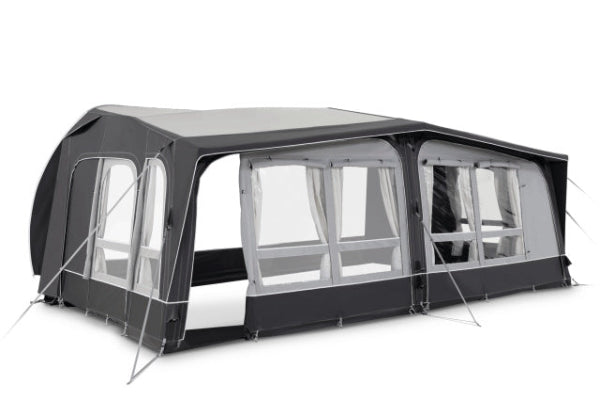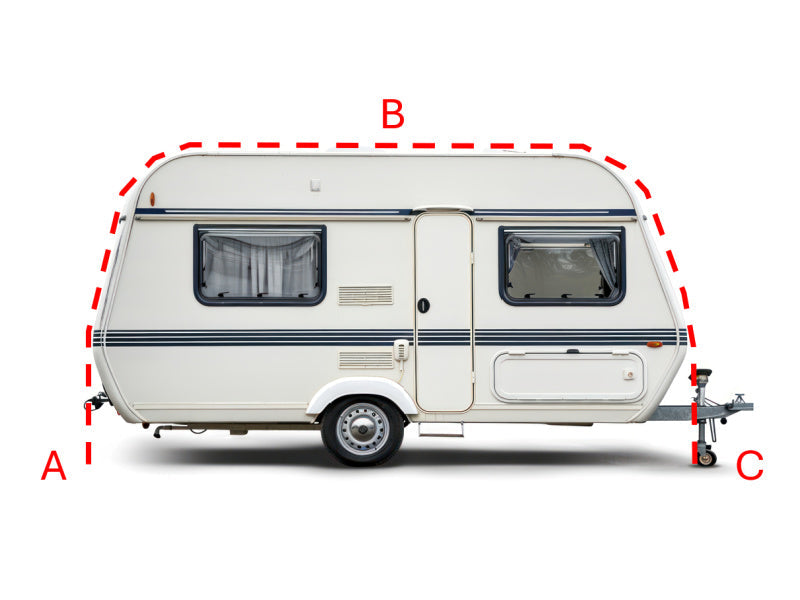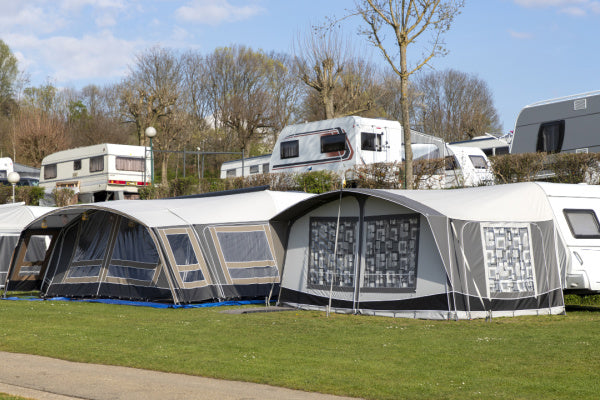Glamping Tent Installation: A Step-by-Step Guide
Think pitching Glamping Tents is just fancy camping? Think again. From wild UK weather to wobbly mallets, there's more to it than meets the eye. Short answer: prep well, anchor tight, and style smart. Keep reading for step-by-step tips that'll turn your tent into a five-star forest suite.
Phase 1: The Foundation – Preparing Your Site
Site Selection and Preparation
Finding Level Ground and Ensuring Proper Water Drainage
Choosing the right site makes all the difference.
Aim for flat, stable ground with good drainage to avoid pooling beneath the tent.
Avoid low-lying areas or slopes that collect rainwater.
Check for nearby shelter or natural windbreaks where possible.
The location impacts both comfort and the longevity of your setup.
Checking UK Planning and Permitted Development Rules for Your Structure
Before building anything, look into local planning regulations.
In the UK, some glamping structures may require permission depending on their size and location.
Safari tents, yurts, and semi-permanent setups often fall under stricter guidelines.
You don’t want to be caught out once everything’s installed.
A quick check now saves trouble later.

Clearing the Area and Planning for Access and Utilities
Clear vegetation and debris from the site before starting.
Think ahead about access paths, power lines, and water sources.
You’ll need room to move materials and space for any future guests.
Consider how delivery vehicles or emergency access might work.
Utilities are easier to plan before anything goes up.
Building a Deck or Platform: A Non-Negotiable Step
Why a Raised Platform is Essential in the Damp UK Climate
Rain is a given in the UK — standing water is your enemy.
A raised platform prevents moisture from seeping into the tent.
It also provides insulation and a level base.
For glamping tents, this is as much about comfort as it is about durability.
Don’t skip it.
Choosing Your Materials: Wood vs. Composite Decking
Timber offers a rustic charm and is easy to work with.
However, it needs regular maintenance to handle moisture.
Composite decking resists rot and lasts longer, but costs more upfront.
Each material has pros and cons — choose based on your budget and climate conditions.
Either way, go for weather-resistant materials.
Key Construction Considerations for a Solid Foundation
Start with level ground and solid footings.
Use galvanised fixings and pressure-treated timber for outdoor durability.
Spacing between planks allows for drainage.
Make sure the structure can hold the full weight of the tent and its contents.
Safety and longevity go hand in hand.
Phase 2: The Main Build – Tent Assembly and Anchoring
Assembling the Tent Structure
For Bell Tents and Yurts: A Step-by-Step Guide to Raising the Canvas
Start by laying out the groundsheet or base.
For bell tents, insert the centre pole and attach the canvas from the inside.
With yurts, assemble the wooden lattice frame and roof before pulling over the cover.
Keep tension even throughout to prevent sagging.
Double-check all ties and clips.
For Safari Tents: Constructing the Rigid Frame First
Safari tents typically come with a timber or metal frame.
Assemble this skeleton first — it provides structure and weather resistance.
Attach the canvas panels once the framework is secure.
Use a ladder or scaffold for higher sections.
Follow the manual closely to avoid missing any key steps.
The Importance of Following the Manufacturer's Instructions
Each glamping tent model is different.
What works for a bell tent may not apply to a safari setup.
Always follow the instructions provided, especially for securing joints or tensioning fabric.
Missing one step could affect the entire build.
It’s worth taking your time to get it right.
Securing the Tent to Your Platform
How to Safely Anchor the Groundsheet Without Pegging into Soil
Raised decks don’t allow for pegging.
Instead, secure the groundsheet using battens or cleats along the edge.
Use rust-resistant screws and washers to fasten the fabric without tearing.
You can also sandwich the sheet between timber pieces.
It should be tight but not overly stretched.

Best Practices for Attaching Guy Ropes to a Deck or Posts
Use heavy-duty hooks or eye bolts screwed into the deck perimeter.
Alternatively, anchor ropes to fixed posts sunk into the ground beside the deck.
Maintain equal tension on each line to keep the canvas upright.
Avoid tying to weak structures — stability matters.
Check after the first strong wind.
Ensuring Proper Tension for Wind and Rain Resistance
Loose canvas will flap, pool water, and wear out faster.
Tension evenly across all ropes and re-check after 24 hours.
Tweak rope lengths and anchoring points if needed.
Make this a habit, especially during wet or windy spells.
A taut tent is a happy tent.
Phase 3: The Interior Fit-Out and Final Touches
Finishing the Interior for a Cosy Retreat
Installing Insulation and Your Chosen Flooring
Use rugs, thermal liners, or interlocking tiles for warmth and insulation.
Add a breathable moisture barrier if needed.
Even a simple matting layer can make a difference in comfort.
Keep the aesthetic in mind too — form and function can coexist.
The floor sets the tone.
Safely Installing a Wood-Burning Stove and Flue Kit
Stoves add warmth and charm, but safety comes first.
Install on a fireproof base, with ample clearance around.
Flue pipes must exit cleanly through the roof or wall, sealed to prevent leaks.
Consider a spark arrestor on the chimney.
And always keep a fire extinguisher nearby.
Assembling Furniture and Arranging the Layout
Start with essentials like beds, tables, and chairs.
Use space-saving designs or multi-use furniture.
Position items for good movement flow.
Think about sightlines too — a clear view of the tent’s entry adds a welcoming feel.
Balance comfort with practicality.

Adding Lighting, Sockets, and Final Decorative Touches
String lights, solar lanterns, or low-voltage LED strips are all great options.
If connected to mains or solar, add sockets for charging devices.
Soft furnishings like throws, plants, and artwork elevate the space.
Don’t forget storage solutions.
The goal is homely, not cluttered.
Conclusion: Maintaining Your Glamping Retreat
Once the tent is built and styled, keep it in top shape.
Check the frame and canvas for damage after storms.
Clean gently with mild soap and water — avoid harsh chemicals.
Open vents regularly to prevent mould or dampness.
With care, your glamping tent will delight guests for years to come.
Other content you might like:





Leave a comment